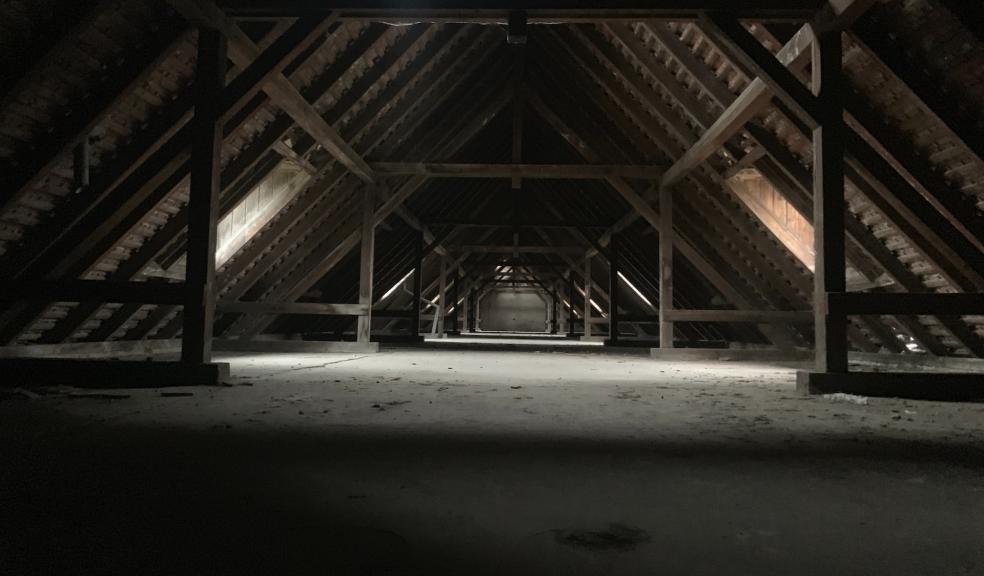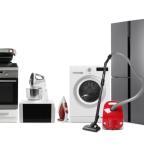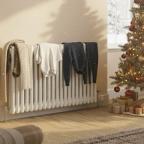
How to make the most of your loft space
It’s natural to want to get the maximum use out of every inch of space in your home, but the loft often gets forgotten about.
Because we don’t live in them, they tend to be forgotten about or treated as an afterthought. Got something you want to keep but don’t need on a regular basis? Stick it in the loft!
It doesn’t have to be that way, though. Your loft can be an extremely useful place if you put in a little bit of hard work.
Get to know your space
Going up into the loft is a rare occurrence – three in 10 homeowners have never ventured into theirs! It’s worth spending some time up there to take some measurements and understand the space you’re working with.
They can feel a little dank and unloved, so it might be worth getting a professional round to provide you with a quote for any work they think needs doing.
You don’t have to take them up on it; just use their advice and complete the work yourself if you feel confident enough.
Preparing your loft
There are a few essentials you’ll want to make sure are in place before you start using your loft for storage.
- Ladder: It’s best to have it fitted in the loft so you don’t have to keep one stored in the main part of your house. This can cost upwards of £300, but you may feel more comfortable using something you know has been fitted professionally.
- Ventilation: If you don’t have any tile vents on your roof, it can lead to condensation in the loft. Over the long term, this can cause damp and structural issues.
- Insulate and board: Homes can lose a lot of heat through the roof, so make sure you insulate well. Covering the insulation with boarding will keep it in place and make it even harder for heat to escape.
- Add a light: If there’s no wiring up there, you may need to get an electrician to do this for you. You’ll always be relying on torches or extension leads otherwise, which isn’t ideal.
Get creative
Once everything is fully prepared, take another round of measurements. You can then map out how you want to utilise different areas.
Add shelving for smaller, loose bits that can’t really be stored with other things. If you don’t have a garage, this could be useful for tools and paints.
Create zones so you know the area in which you’ll be able to find specific items. The last thing you want to do is spend a heap of time in the loft looking for something.
Use boxes to keep things together and be sure to label them correctly. This is another way of ensuring nothing gets lost.









